Nestled in the charming town of Baden, Austria lies the Beethoven House, a captivating museum that celebrates the life and legacy of the legendary composer. Visitors can enjoy Beethoven’s world, exploring the very rooms where he found solace and inspiration during his stays. The museum’s extensive collection of personal artifacts, including a lock of his hair and the Viennese piano he played, offers a profound glimpse into the mind and creative process of this musical genius. But the true gem of the Beethoven House lies in its ability to transport visitors through time, inviting them to witness firsthand the composer’s remarkable resilience in the face of his debilitating hearing loss. With so much to discover, the Beethoven House promises an unforgettable experience for music enthusiasts and history buffs alike.
Key Points
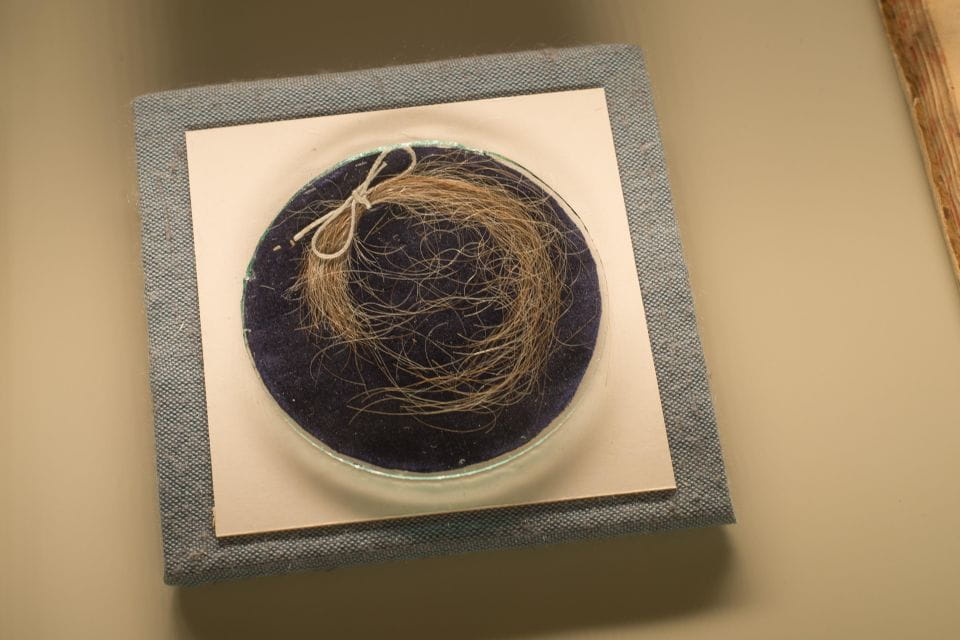
- The Beethoven House in Baden, a museum dedicated to the composer’s life and works, offers entrance tickets for visitors.
- The museum features exhibits showcasing Beethoven’s personal belongings, such as a lock of hair from his deathbed.
- Visitors can experience an interactive hearing loss simulation to gain a deeper understanding of Beethoven’s struggle with deafness.
- The museum provides an immersive experience, allowing visitors to connect with Beethoven’s enduring legacy and artistic genius.
- Entrance tickets to the Beethoven House in Baden provide access to the museum’s comprehensive collection and interactive exhibits.
About Beethoven’s Visits to Baden
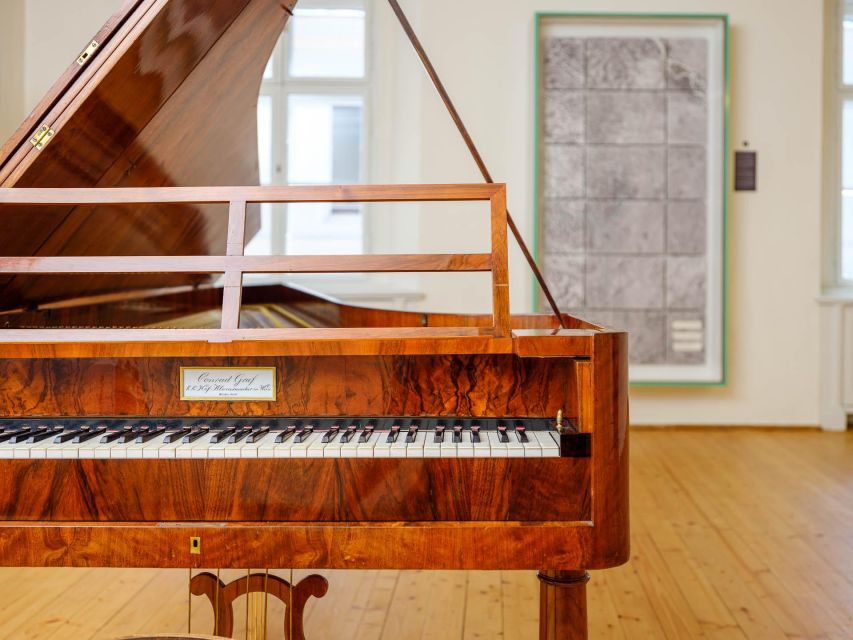
Beethoven visited the charming town of Baden near Vienna a total of seventeen times, drawn to its cool climate and reasonable prices.
The composer would frequent Baden to visit friends, pupils, teachers, publishers, and fellow musicians. During these stays, he worked on major and minor pieces, composing canons and musical jokes for his companions.
Beethoven’s productivity soared in Baden, as he wrote sections of iconic works like the Missa Solemnis, Eroica Symphony, Pastorale Symphony, and the monumental Ninth Symphony.
The tranquil town provided the perfect respite for the maestro, allowing him to indulge in the lively cultural scene of theaters, coffee houses, gambling salons, and regal palaces that defined Baden.
You can also read our reviews of more tours and experiences in Baden Bei Wien.
Composition During Beethoven’s Stays
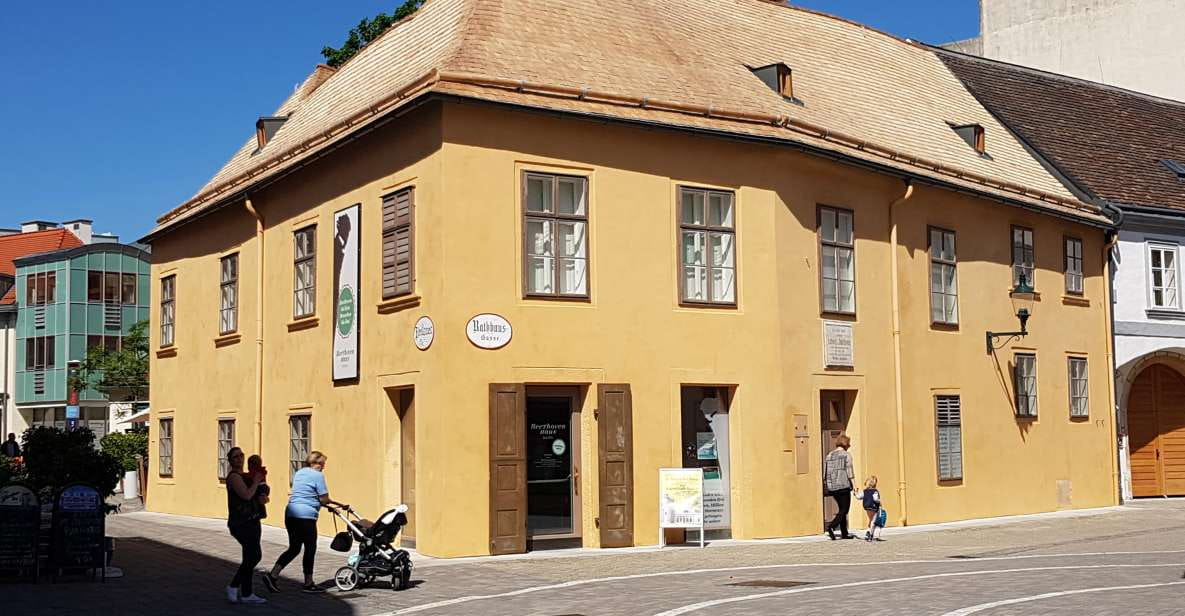
During his visits to the charming town, Beethoven’s productivity soared as he worked on iconic compositions such as the Missa Solemnis, Eroica Symphony, Pastorale Symphony, and the monumental Ninth Symphony.
The peaceful environment of Baden provided the perfect setting for the composer to create his masterpieces.
Beethoven would often compose canons and musical jokes for his friends, showcasing his playful side.
It was in Baden that he wrote crucial sections of his most celebrated works, including the Ode to Joy theme that would eventually become the official European anthem.
Beethoven’s time in this picturesque town was truly a period of remarkable artistic output and inspiration.
The Ninth Symphony and European Anthem
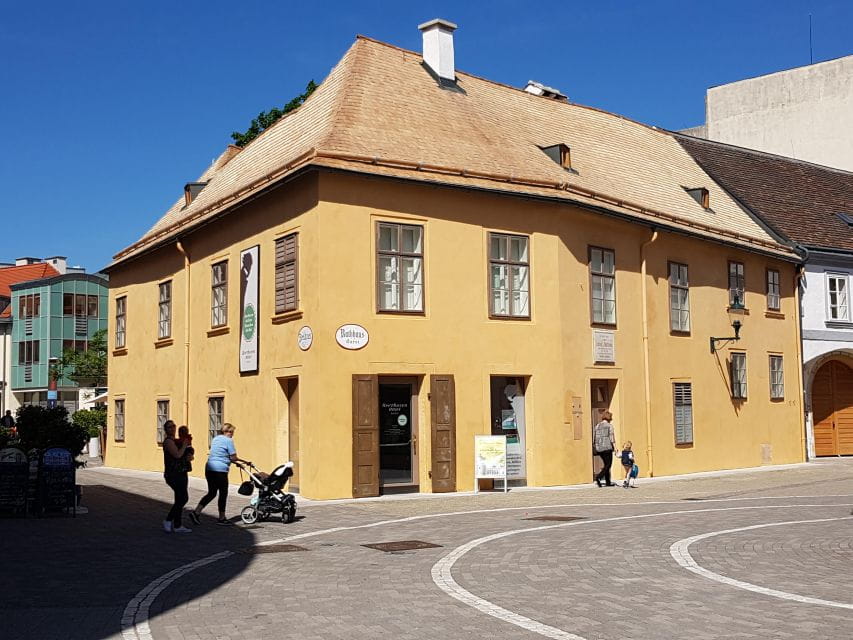
The Ode to Joy theme, conceived by Beethoven in 1822, would eventually be accepted as the official anthem of the European Union, immortalizing the composer’s enduring legacy.
Beethoven incorporated this iconic melody into the final movement of his Ninth Symphony, a masterpiece that would come to symbolize unity and optimism across the continent.
Beethoven’s initial idea to use the ode in the symphony was mentioned in 1822, before the majority of the work was composed in 1823.
The symphony’s powerful, uplifting main motif was eventually selected by the EU as the official European anthem, a testament to Beethoven’s visionary artistry.
Today, the Ninth Symphony and its Ode to Joy continue to inspire listeners worldwide, exemplifying Beethoven’s profound impact on music and European cultural identity.
Exhibits at Beethoven House
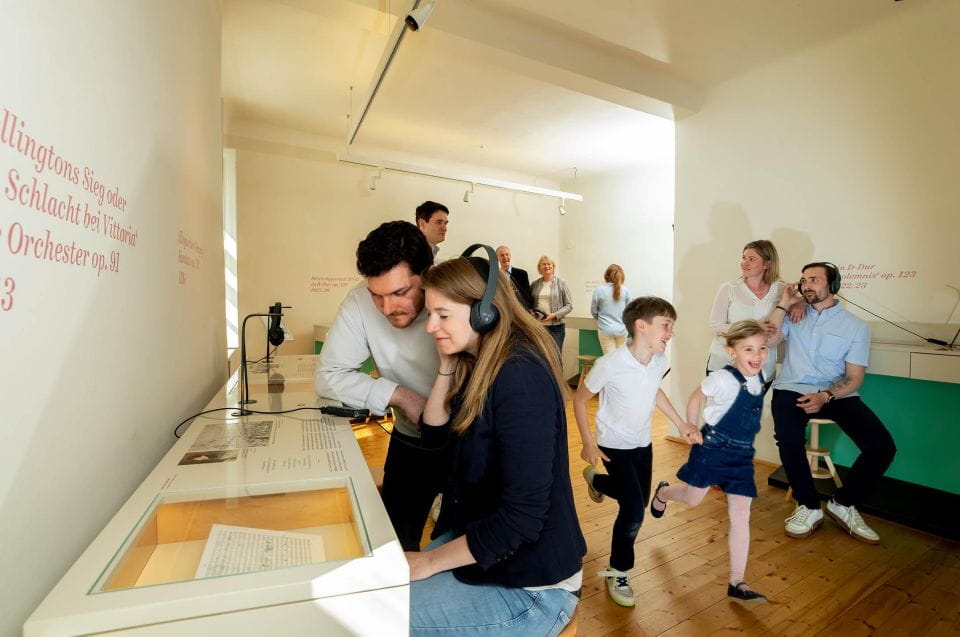
The house itself where the legendary composer resided serves as the centerpiece of the museum’s exhibits, offering visitors a glimpse into Beethoven’s life and creative process.
Alongside this historic landmark, the museum proudly displays a lock of Beethoven’s hair, a poignant relic cut from the composer’s deathbed.
Plus, guests can marvel at a Viennese piano made by the renowned luthier Conrad Graf, an instrument Beethoven himself once played.
The museum’s exhibits provide a captivating and immersive experience, allowing visitors to connect with the maestro’s enduring legacy. From the preserved rooms where Beethoven once lived to the personal artifacts that reveal his musical genius, the Beethovenhaus Baden is a must-visit destination for any classical music enthusiast.
Hearing Loss Simulation
A captivating hearing laboratory at the Beethovenhaus Baden allows visitors to personally experience the gradual loss of hearing ability, providing a powerful and poignant glimpse into the obstacles the renowned composer faced.
The exhibit features:
- Interactive stations that simulate the progression of hearing impairment through different frequencies and volumes
- Immersive soundscapes that recreate the sonic challenges Beethoven encountered as his deafness worsened
- Informative displays explaining the physiological causes and impacts of hearing loss
- Opportunities to compare one’s own hearing to Beethoven’s deteriorating condition
Empathetic insights that foster a deeper appreciation for the composer’s resilience and musical genius in the face of adversity.
Exploring Beethoven’s Creative Process
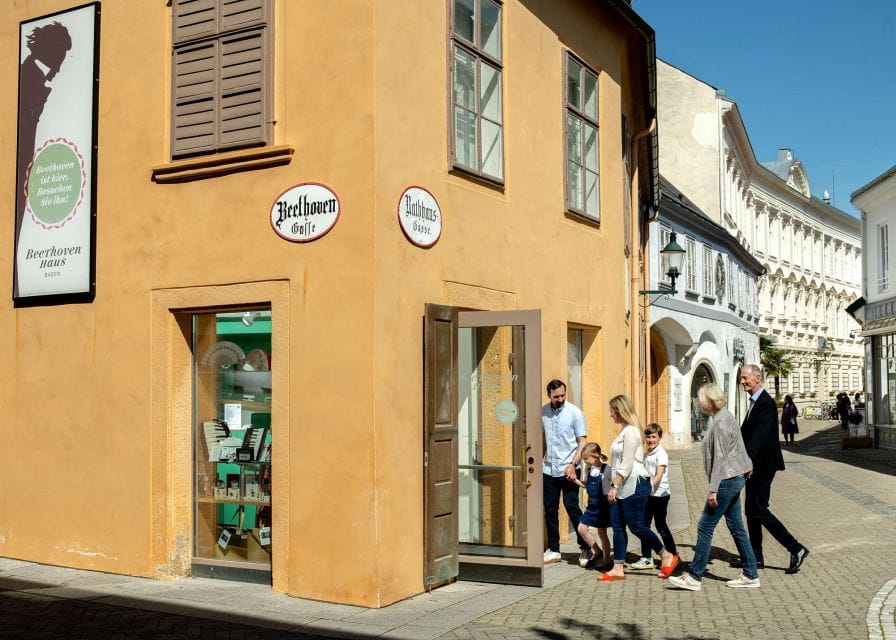
Beethoven’s visits to Baden near Vienna offered the renowned composer a serene haven to immerse himself in his creative process, as he retreated from the bustle of city life to refine and compose some of his most iconic works.
During his 17 stays in the picturesque town, Beethoven would work tirelessly on major pieces like the Missa Solemnis, Eroica, Pastoral, and his renowned Ninth Symphony.
He also composed lighter musical works, such as canons and jokes, which he shared with friends and fellow musicians.
Beethoven’s creative genius flourished in the tranquil setting of Baden, where he could escape the distractions of the city and focus entirely on bringing his musical visions to life.
Musical Connections in Baden
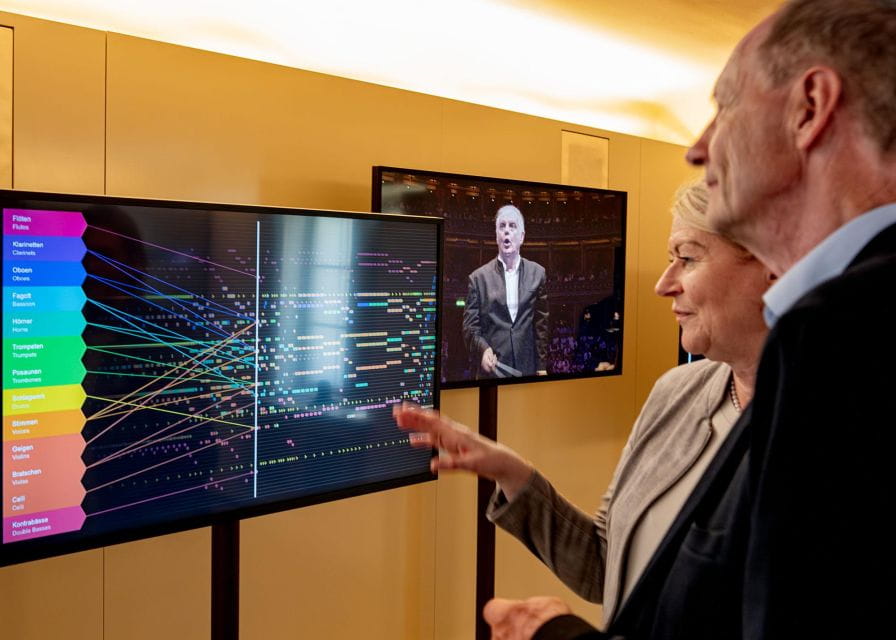
In Baden, Beethoven’s musical connections extended beyond merely composing; he actively engaged with the vibrant local artistic community, sharing his works and creative insights with a range of friends, students, and fellow musicians.
During his visits, Beethoven:
- Collaborated with local publishers to distribute his compositions
- Organized private performances of his latest works for intimate gatherings
- Gave lessons and mentored aspiring musicians, passing on his musical wisdom
- Played piano duets with friends, exploring new harmonic possibilities
- Attended concerts and operas, offering critiques and inspiration to local artists
Beethoven’s deep ties to Baden’s cultural scene significantly influenced his creative process, as he drew inspiration from the town’s rich artistic milieu.
Visitor Information and Admission
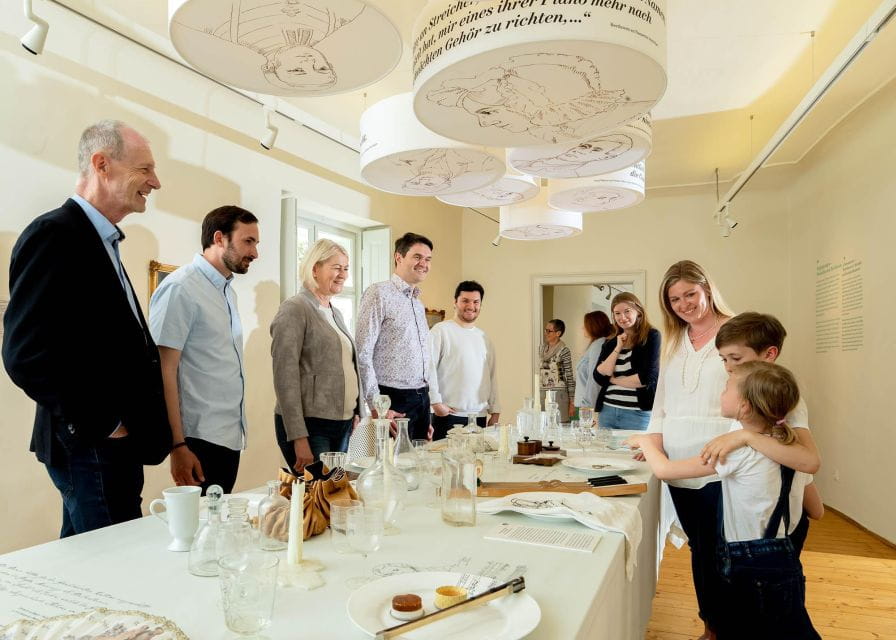
Visitors to the Beethoven House in Baden can purchase tickets to explore the renowned composer‘s former residence and enjoy the rich musical history of the town.
The admission fee grants access to the museum’s captivating exhibits, including the very house where Beethoven stayed during his numerous visits.
Guests can marvel at the lock of hair cut from the composer’s deathbed and play the Viennese piano he used.
The highlight is the interactive hearing laboratory, which allows visitors to experience the gradual loss of hearing ability that Beethoven himself endured.
With its fascinating insights and immersive experiences, the Beethoven House offers a truly exceptional opportunity to connect with the legacy of this musical giant.
Frequently Asked Questions
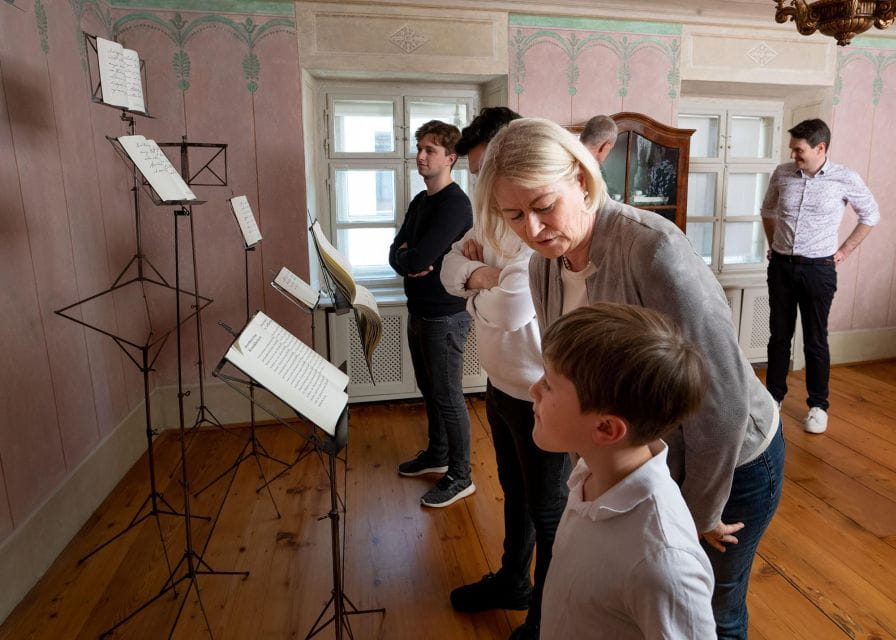
Is the Museum Wheelchair Accessible?
The museum is fully wheelchair accessible, with ramps, lifts, and wide pathways allowing visitors to explore Beethoven’s legacy comfortably. Guests can enjoy the musical genius’s world without any accessibility barriers.
What Are the Operating Hours of the Museum?
The Beethovenhaus Baden museum is open from 10am to 5pm daily, offering visitors a chance to enjoy Beethoven’s legacy and uncover the secrets of sound in their state-of-the-art hearing laboratory.
Can Visitors Take Photographs Inside the Museum?
Visitors are welcome to take photographs throughout the museum to capture the rich history and atmosphere of Beethovenhaus. Photography enhances the immersive experience, allowing guests to preserve their memories of this remarkable musical landmark.
Is There a Gift Shop or Cafe on the Premises?
There is indeed a gift shop and café at Beethovenhaus Baden. Visitors can browse a selection of souvenirs, books, and recordings, and enjoy refreshments while immersed in the composer’s legacy and the charming surroundings of this historic site.
Does the Museum Offer Any Educational Programs or Tours?
The museum offers guided tours and interactive educational programs that allow visitors to discover Beethoven’s life and musical genius. Attendees can explore the composer’s former home and learn about his creative process in an engaging, immersive experience.
Recap
Beethoven’s legacy lives on at the charming Beethoven House in Baden, Austria. Visitors can explore the composer’s captivating life, exploring personal artifacts and interactive exhibits that illuminate his struggles and genius.
From simulating his hearing loss to uncovering the creative process behind masterpieces like the Ninth Symphony, the museum offers an immersive and inspiring experience for classical music enthusiasts and history buffs alike.
